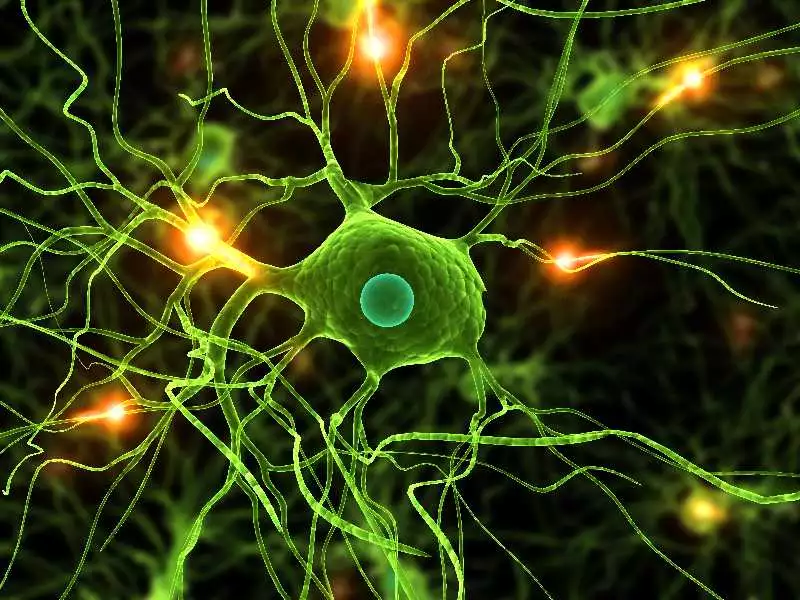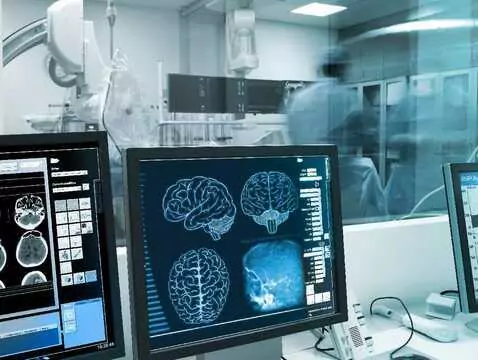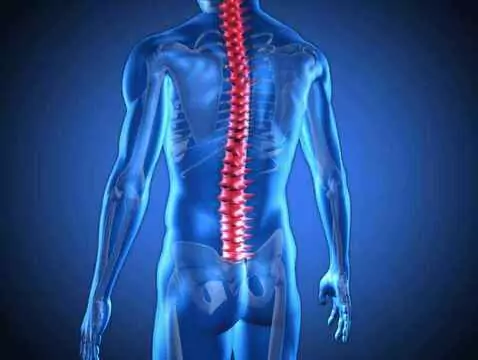S is a progressive neurodegenerative disorder that has an autoimmune basis. At present, medicine is unable to clearly define the pathomechanisms of this disease, as well as the drugs currently used, only have an inhibitory effect on the progression of symptoms. However, the influence of the female hormones oestrogen and progesterone on the immune system has been noted, and thus their effect on S. The ongoing research still needs to be confirmed, but is a starting point for the search for new therapeutic options.
Multiple sclerosis is a progressive disorder of the central nervous system, the pathogenesis of which is extremely complex. During the course of the disease, inflammation, myelin damage and axonal loss are noted. Experimental studies conducted to date, point to an important role for the animal model, namely, the importance of an autoimmune substrate in the development of inflammation. At present, however, medical knowledge is too scarce to explain the underlying causes of multiple sclerosis; moreover, the drugs currently used in therapy only inhibit the progression of neurological symptoms. Based on epidemiological studies, it is clear that gender has a significant impact on the incidence and course of multiple sclerosis. Many data show the important role of both sex and pregnancy as a stimulus for the development of research into the role of sex hormones in the development of multiple sclerosis, as well as the search for new forms of therapy.
S
Multiple sclerosis (S, Latin for multiple sclerosis, MS) is a progressive neurodegenerative disease of the central nervous system (CNS) with an autoimmune basis. The most characteristic features of the condition are inflammation, myelin damage and progressive axonal loss. People between 20 and 40 years of age are the group most likely to develop the first symptoms. Other factors contributing to the development of S, include gender, as observations show that women get the disease more often than men. The course and progression of the disease also varies by gender. In addition, the course of S, is significantly influenced by pregnancy, which has directly contributed to studies seeking to clarify the role of sex hormones in the development of the disease.
The clinical picture of S
The division currently in force speaks of a relapsing-remitting multiple sclerosis (RMRIS) anda progressive form.
The relapsing-remitting form of S (also known as relapsing-remitting or abbreviated as relapsing-remitting), is the form that occurs most frequently and affects approximately 85% of patients diagnosed with the disease.
RMRIS is characterised by the periodic occurrence of new neurological symptoms, or an exacerbation of symptoms that were already present. Periods of exacerbation are usually spontaneous with periods of remission in between, when symptoms significantly abate or disappear completely.

photo: panthermedia
The progressive form of S can occur early in the course of the disease and is then referred to as primary progressive multiple sclerosis (PMS), which affects approximately 10% and is characterised by a gradual increase in symptoms. During the course of the disease, neurological deficits may also appear after a long time (even after several years).
In both forms, during the course of the disease, activity or the absence of such activity can be detected, as demonstrated by the observation of new neurological signs or changes on MRI. A special type of S is clinically isolated syndrome (CIS), i.e. the occurrence for the first time in a patient's life of symptoms that are neurologically associated with a demyelinating or inflammatory process.









